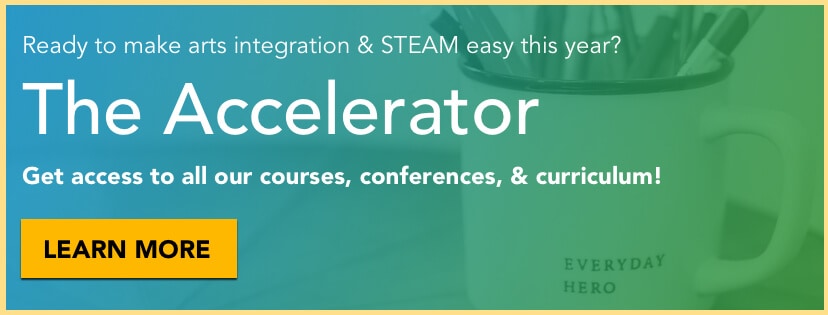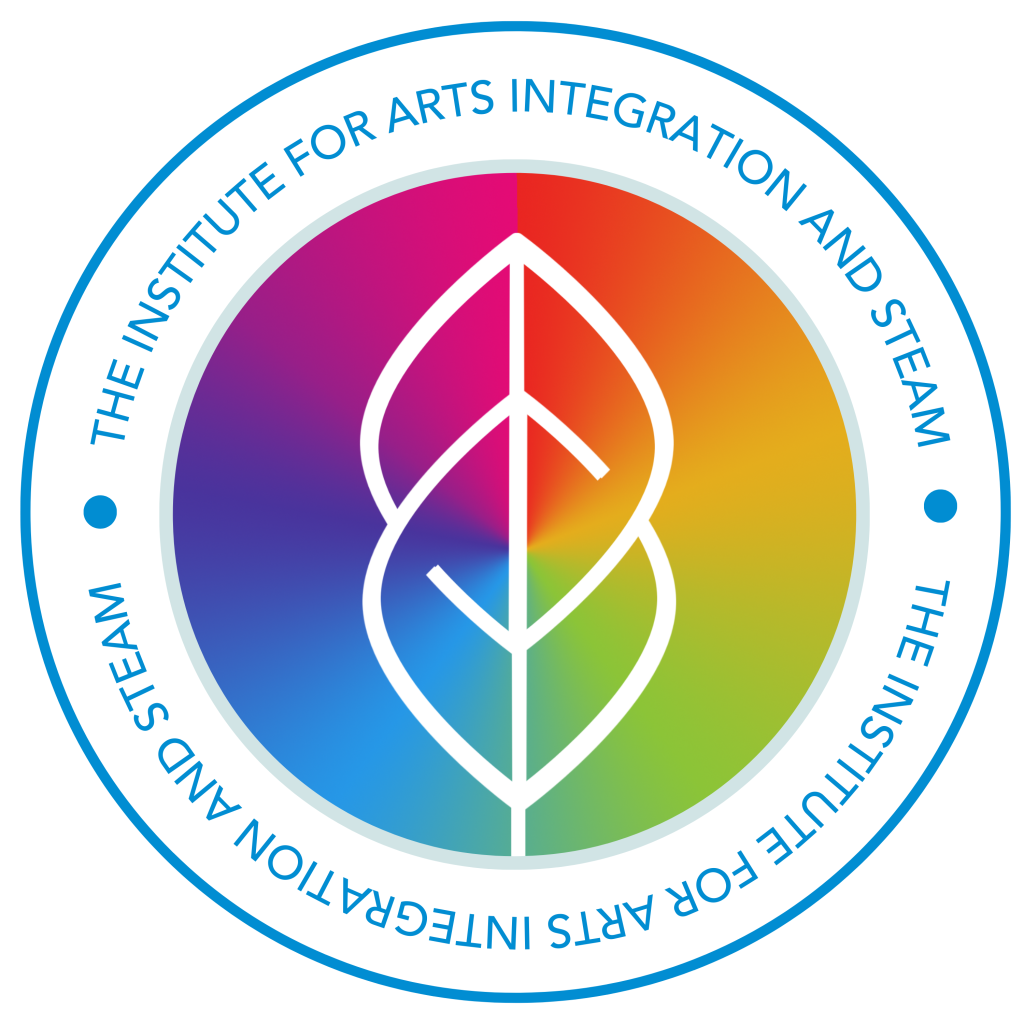Lesson Overview
Coloring Sound
GRADES 6-8 SCIENCE AND ART
Today’s STEAM lesson, Coloring Sound actually has its roots in our unit Visual Diagnostics. As I was researching that unit, I was fascinated by the genetic anomaly of synesthesia. Much like people who have perfect pitch, those who have synesthesia have an ability that they are born with – something which cannot be learned. These folks actually SEE sound. When a sound is made or played, they see it in color, like a beautiful vibration that is happening right in front of them.
Since I don’t have perfect pitch or synesthesia, I am drawn to understanding how others who do have these abilities use them to experience the world. That’s how I found artist Melissa McCracken. She uses her synesthesia to create beautiful works of art based on the music she hears. Her images of songs like “Imagine” from John Lennon and Jeff Buckley’s “Hallelujah” are stunning. Which again leads me to…how does her brain DO that?
This synesthesia lesson coloring sound actually has students explore this same question using Melissa’s work as a prompt, as well as music from The Piano Guys. Students investigate how the brain processes information and uses its systems to work together as a person senses and experiences the world. They actually use one of my favorite tools, the Interactive Brain Map, to look at each area of the brain and then figure out which areas work together differently for something like synesthesia or perfect pitch.
Ask students to view pre-selected images from artist Melissa McCracken’s website. Have students analyze and describe the images based on color, line, and medium. Play the video of Melissa creating her artwork and explaining the process of synesthesia. Go back and ask students to look at the previously viewed images again, this time while playing the music that is identified next to the piece. What stands out to them now that they know her process?
Lesson Process:
Step 1: Explore the interactive brain map and have students answer the following questions: how many lobes are in the brain and what are their names and functions? Which part of the brain governs your senses? How do the lobes work as a system to process information? How is this showcased in cases of synesthesia?
Step 2: Using the piece “Hello/Lacrimosa” from the Piano Guys, have students create a random list of images that comes to mind as they listen to the piece. Listen to the piece again and label where each image appears during the piece (beginning, middle or end). Then, have students select a color or shape that would depict that image. For example, “red and rectangle” for a wagon
Step 3: Students create a work of art based on the musical piece that mapped out. It should contain colors, shapes, textures and lines that lead the viewer through the piece of music and connects the whole piece into one visual experience.
Step 4: Students present their work by showing their piece and identifying only the list of images that came to mind when originally listening to the piece. Students will peer-assess each other’s work.
Time Required:
30-45 minutes
Materials List:
- Melissa McCracken’s website
- Blank paper, watercolor, acrylic and tempura paint, markers, colored pencils
- Projection system, speakers and Internet
- Interactive Brain Map
- Piano Guys’ piece
Assessment:
As students view each other’s work, they should answer the following questions:
What do I notice about this piece? What emotion or reaction do I have to what I’m seeing? How does this work reflect the systems that process sensory information in the brain?



